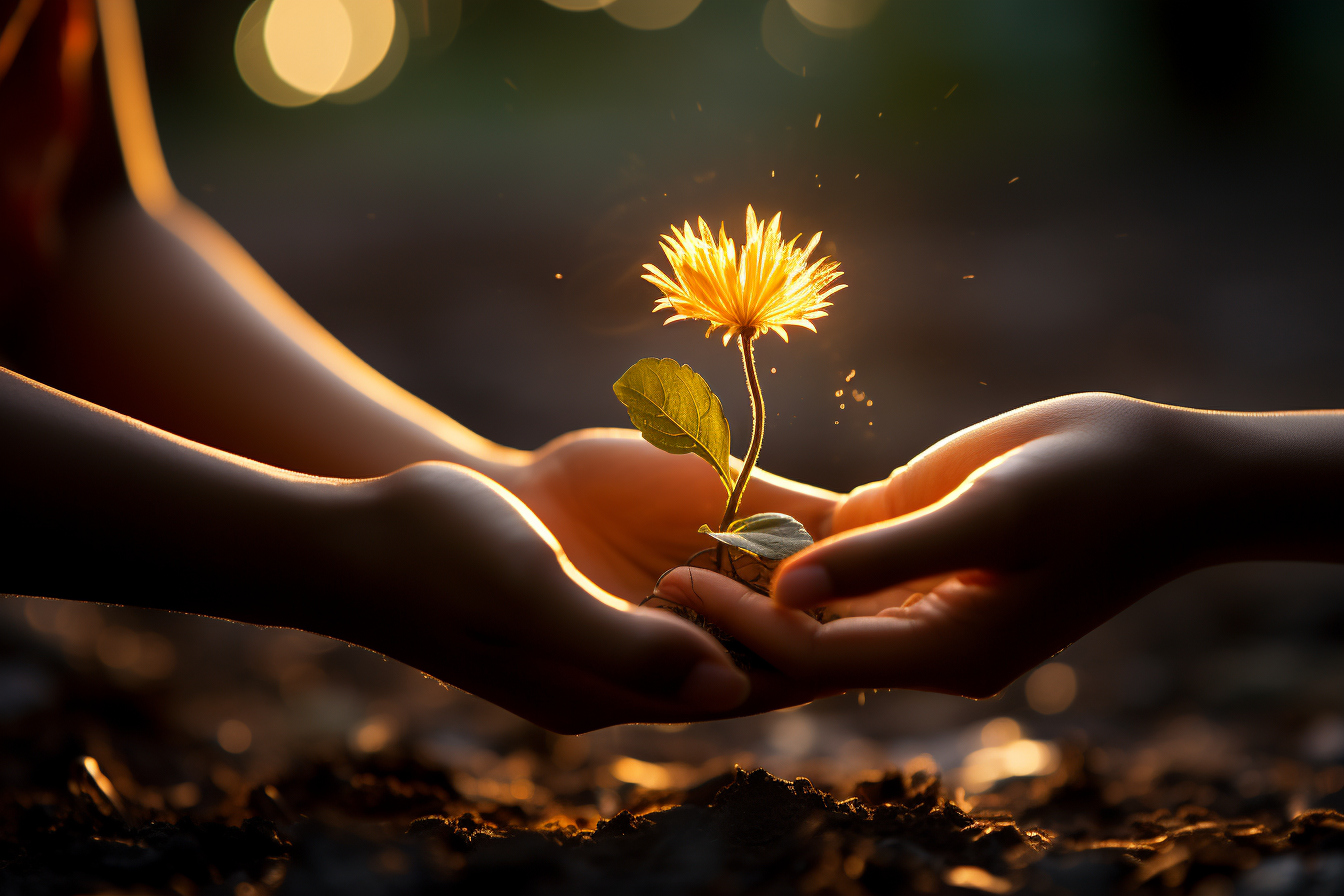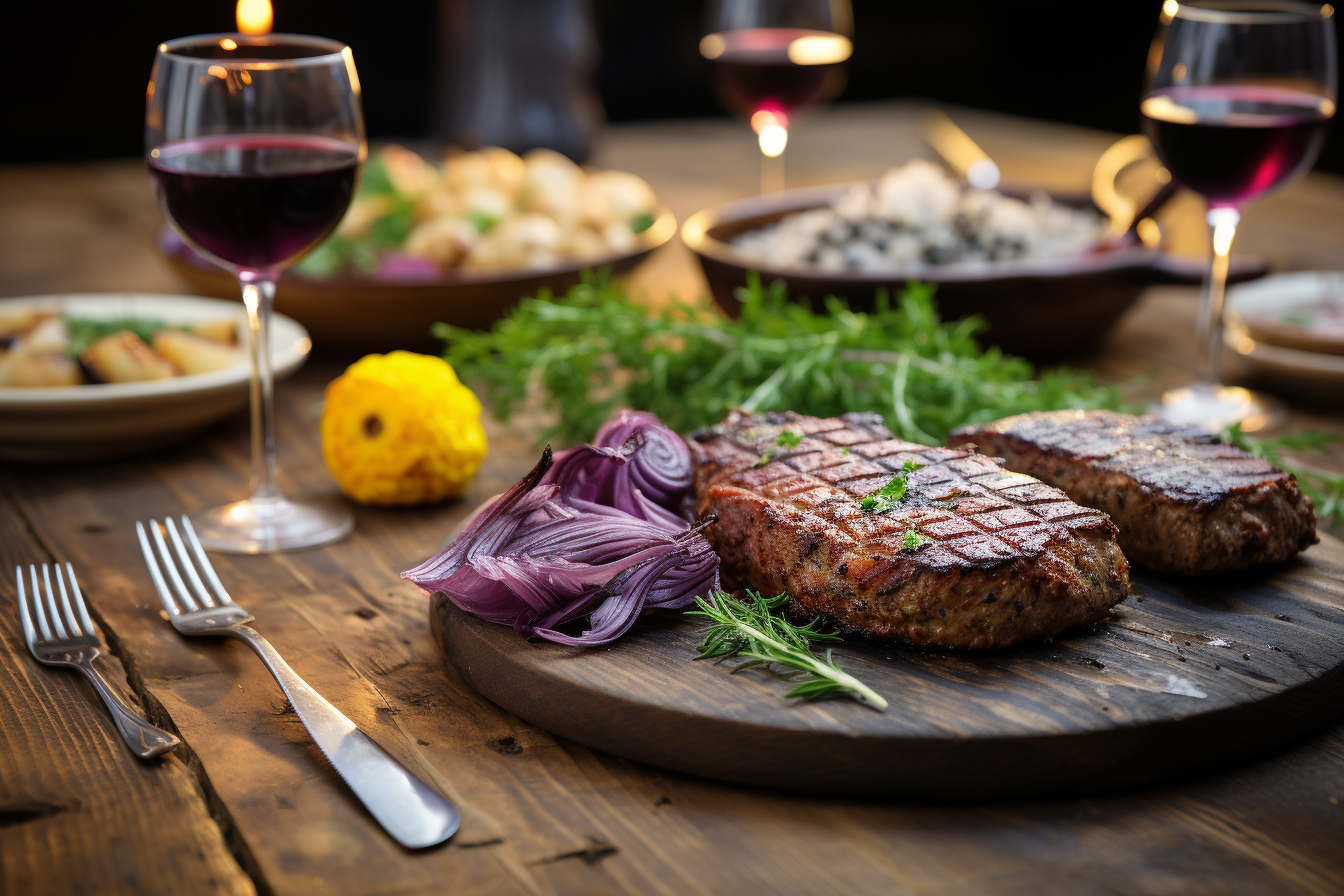Wildflowers offer an incredibly diverse palette of colors and flavors and lend themselves perfectly to use in cooking. Today, we are highlighting two wildflowers in particular: purple and dandelion. Purple, with its vibrant color and delicate aroma, brings a touch of elegance to your dishes, while dandelion, with its slightly bitter taste and crunchy texture, adds an interesting dimension to your recipes.
Purple, an explosion of flavors in the kitchen
Violet is a wild flower with a thousand and one culinary virtues. Its deep color and delicate shape make it a perfect decorative element to enhance your dishes. But don’t stop at its appearance, because purple also has a unique taste that will delight your taste buds. Its subtle aroma is reminiscent of raspberry, with a hint of florality of its own.
To fully enjoy the flavors of violet, you can prepare a delicious jelly using these flowers. To do this, simply infuse them in hot water, let them sit for a few hours, then filter the liquid obtained. Add sugar and a little lemon juice, bring to the boil and simmer until you obtain a syrupy consistency. This jelly will go wonderfully with a slice of foie gras or fresh goat’s cheese.
But purple isn’t limited to making jellies. You can also use it to flavor your vinaigrettes, your sauces or to enhance your summer salads. Its petals will bring a visual and taste touch to your dishes, making you a real Chef.

The dandelion, a wild plant with many facets
Dandelion, often considered a weed, is actually a culinary treasure. Its bright yellow flowers brighten up meadows and gardens in spring, and can also be used on our plates.
Dandelion flowers have a slightly bitter taste, reminiscent of arugula or radish. They bring a touch of freshness and crunch to your preparations. To use them in cooking, you can incorporate them into salads, omelettes or even donuts. Their bright colors and crispy texture will pleasantly surprise your guests.
But the dandelion is not limited to its flowers. Its leaves, also edible, can be used in soups, salads or even sautéed in a pan. Their bitter taste goes wonderfully with softer ingredients, like apple or cream cheese.
Experiment and let your culinary creativity speak!
The use of wildflowers in cooking is not limited to violets and dandelions. Many other flowers can be included in your recipes, such as nasturtium, marigold or even borage. Each flower brings its own aroma, color and texture, allowing you to explore new flavors and create unique dishes.
When picking wildflowers for use in cooking, be sure to harvest them from unpolluted locations, away from roads and chemicals. Wash them gently in clean water before incorporating them into your recipes.
Discover the wild rose in the kitchen
The wild rose, less common on our plates than violet or dandelion, nevertheless deserves a special place in our kitchen. With its delicate and fragrant petals, it offers a new dimension to dishes, combining aesthetics and flavor.
Often associated with romance, the rose, beyond its beauty, conceals surprising taste properties. Wild rose petals have a mild, slightly sweet flavor with subtle notes reminiscent of nectar. Rose essence is also commonly used in oriental cuisines to prepare desserts such as Turkish delight or rose ice cream.
To explore the flavor of wild rose, why not try a rose petal infusion? All you have to do is let the petals macerate in hot water for a few minutes. This delicate infusion can be consumed alone, or used as a base for cocktails or syrups. It offers a sweet and aromatic alternative to classic teas.
Additionally, wild rose buds, before they have fully blossomed, can be pickled in vinegar to create a unique condiment. When marinated, these buds take on a texture similar to capers, but with a distinctive floral flavor.
The association of rose with chocolate is also a winning combination. Crystallized rose petals, covered with sugar and dried, bring a crisp and sweet touch to chocolate desserts, and enhance cakes and pastries.
Tasting elderflower in gastronomy
Elderflower, less mentioned than its wild counterparts, is nevertheless a true wonder in the kitchen. Its delicate white appearance and slightly musky aroma bring an unexpected richness to many dishes, from drinks to desserts.
Native to Europe, elderberry is a shrub whose starry white flowers generally bloom in early summer. While the smell of these flowers is particularly captivating, it is their flavor that makes them a prized ingredient. They have a sweet, floral taste with a slight lemony undertone, making them ideal for a wide range of culinary preparations.
One of the most popular uses of elderflower is to create syrups. By mixing the flowers with water, sugar and a little lemon, you will get a flavorful syrup that can be diluted in sparkling water for a refreshing lemonade or stirred into cocktails to give them a unique floral touch. This syrup is also a wonderful ally for topping pancakes or flavoring sorbets.
But the possibilities don’t stop there. Elderflowers can be incorporated into pancake or donut batters to give them a sweet, intriguing flavor. Likewise, they can be used to flavor jams, jellies or even cream-based desserts like panna cottas.
However, it is essential to note that only the elderflower is edible at this stage. Elderberries should be cooked before eating, as raw they can be slightly toxic. Always ensure precise identification and responsible harvesting to guarantee the safety and quality of your preparations.
Finally, elderflower can be used as decoration, bringing a rustic elegance to your dishes. Whether as a decoration on a cake or integrated into a summer salad, it will transform any plate into a gastronomic masterpiece.












